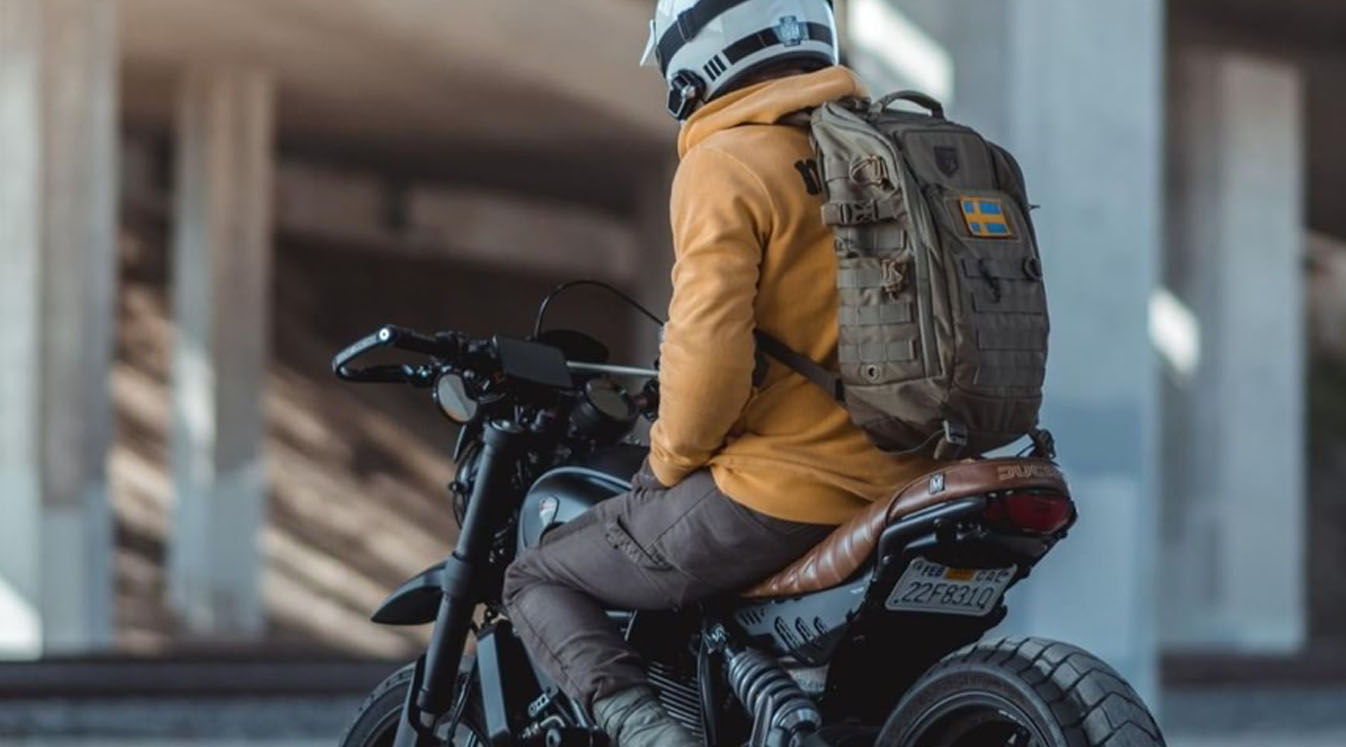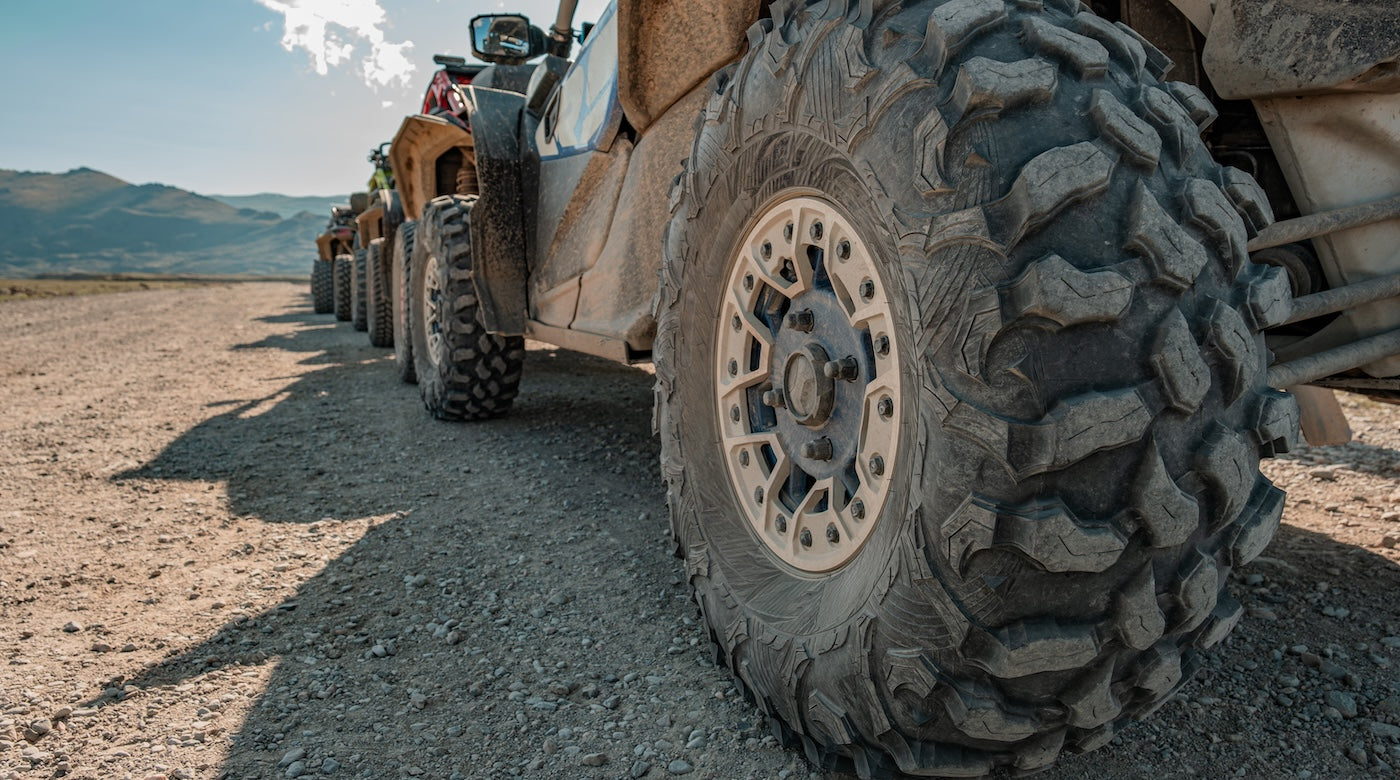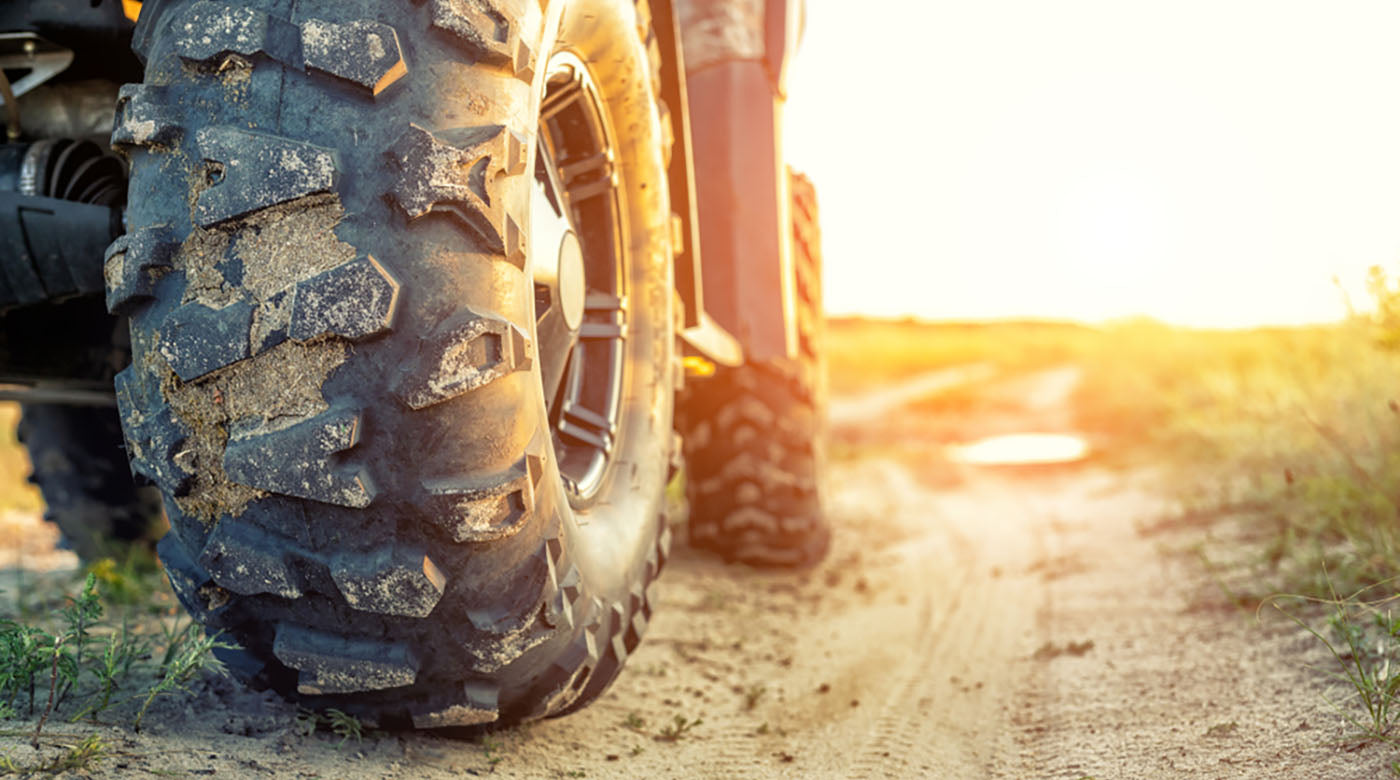Setting a Budget
Backpacking on a motorcycle can be a great way to save money while traveling. You won’t have to spend as much money on gas as you would if you were driving a traditional car. You can also camp outdoors and sleep under the stars to save money on housing. Experts say backpacking on a motorcycle can cost anywhere between $35 to $106 a day, depending on how you plan on spending your time on the road. Eating out and staying in hotels will obviously cost you more than eating beans around a campfire.
Consider how much money you plan on spending on food, housing and entertainment, including campsite and parking fees, tolls and any other costs you plan on incurring during your trip.
Motorcycle camping is the most cost-effective, but you will need to spend several hundred dollars or more on camping gear unless you already have a tent that can fit into your backpack. If you don’t feel comfortable sleeping outdoors or don’t want to invest in camping equipment, you should be able to find a cheap hotel room for less than $50 a night.
Think about how long you plan on being on the road and multiply the number of days by how much you plan on spending each day. Make sure you have enough money saved up for your trip. You don’t want to get stranded without enough cash to get home. Include extra money in case of emergency. You might need to pay for emergency repairs if your bike breaks down along the way. A major storm could also force you to sleep indoors for the night, which will eat into your budget.
Bring a Bluetooth Motorcycle Helmet Along for the Ride
Choose Your Route
It’s best to come up with a general itinerary before you hit the road — even if you like to be spontaneous. Pick several destinations that will give you lots of opportunities to explore. You might plan your trip around a music festival, a famous national park or seeing loved ones.
Consider where you will stay during your trip. Find campsites or affordable hotels in the area to give yourself plenty of options. You might want to book ahead of time if the area is going to be busy while you’re there. You don’t have the option of sleeping as comfortably and safely as you would with a car, and driving through the night can be dangerous. Make sure you get plenty of rest during your trip to stay safe on the road.
Research your route regularly in the lead-up to your trip. Check the weather and route to see if it is safe to ride. Some roads may be closed for the season due to poor weather. It’s best to take off on a long motorcycle trip during the spring, summer and fall so you don’t freeze on the back of your bike.
Packing for Motorcycle Backpacking
Once you have your trip planned out, it’s time to assemble all the necessary riding gear. Packing is arguably the most challenging part of motorcycle backpacking. You only have so much room to work with and you can’t afford to leave anything important behind.
Storage
Let’s start with the backpack, also known as a moto bag.
You will need a durable backpack that can withstand everyday wear and tear. Your entire life will be in the bag, so make sure it can hold up under pressure. The bag should be spacious, with lots of nooks and crannies for organizing your belongings. It should be completely waterproof with a secure zipper or latch. It’s best to use a backpack that wraps around your waist so it won’t fall off while you’re riding.
The bag should also be ergonomic, with a soft lining that supports your back. You will be carrying the bag for most of the day, so it should be as comfortable as possible.
If you need additional storage, you can add a moto tank bag, tail bag or top box to make more room. Some bags strap onto the back of your motorcycle, but they are usually made of vinyl or fabric. These bags might also be easy to steal if you plan on leaving them unattended. Consider using a hard storage pack to protect your belongings from extreme weather and theft. It comes with a hard shell and lock for more peace of mind.
Riding Gear
Now, let’s move on to your motorcycle riding gear.
You should bring along everything you need to safely operate your motorcycle, including durable riding pants, boots, gloves, jacket, long socks and preferably a full-face helmet or goggles and a half-face or open-face helmet.
Inspect your gear before taking off on the road. Watch out for weak spots, rips, tears, holes and other signs that your clothes need to be replaced or repaired. None of your skin should be exposed when riding. Use layers to protect yourself from the wind chill and flying debris.
You may want to bring along several pairs of socks and an extra pair of pants in case the first pair gets dirty. You may not have access to a washing machine for several days or weeks at a time. Don’t fill up your bag with a bunch of unnecessary clothes or you will quickly run out of space. You should never sacrifice safety for comfort or to make extra room in your bag.
Camping and Shelter
If you plan on camping, you’ll need to find a tent that can fit inside your bag. This will likely take up most of the space. You will also need a sleeping bag, flashlight, batteries, tools for starting a fire and other camping essentials. Bring along additional safety supplies if you plan on leaving the civilized world behind, including a water filtration system, a compass and flares in case you get lost. You should have a way to contact the local authorities or park rangers in an emergency.
Use a Bluetooth Motorcycle Headset to Stay Connected
Security
You’ll need a robust locking system to keep your ride secure when you’re not around. Keep all your valuables on your person instead of locking them in the tail bag. You don’t want to get stranded without an ID or the local currency. Install an alarm to further disincentivize thieves from lifting the motorcycle. There’s also the chance that a crew lifts the bike onto a truck. When stopping overnight, bring your bike indoors, preferably to a secure location. If you’re sleeping outside, park your bike near the camp to keep a close eye on it. Motorcycles are extremely valuable and are easier to steal than cars. Traveling with one can make you more susceptible to theft. Consider carrying some form of personal protection to defend yourself and keep emergency contacts accessible in case you need help.
First Aid
First aid supplies should be next on your list. You should bring along a kit with over-the-counter medication, bandages, tweezers, disinfectant gel and sanitizing wipes for treating everyday cuts and wounds. Don’t forget to include bug spray, sunscreen and other preventative products.
Identification, Driver’s License and Proof of Insurance
You can’t go anywhere without these essential documents. Don’t forget to bring your passport if you plan on crossing into Mexico or Canada. Some people will even ship or rent a motorcycle overseas while exploring Europe, Asia or Africa. Regardless of where you are headed, keep these items in a secure location. Protect them from water damage and theft so you can make it home in one piece.
Navigation
Moving on to navigation, make sure you have plenty of ways of researching your route. You can mount your smartphone or GPS device to your motorcycle to keep it in view. Bring along a paper map of your route in case you lose service.
It’s best to use a Bluetooth motorcycle helmet while riding so you don’t have to use your hands to interact with the device. The headset comes with speakers and a receiver that picks up your voice. You can use verbal commands to access the map or call for help in an emergency.
Keep both hands on the handlebars and your eyes on the road when using your phone or GPS on your motorcycle. You can also use the headset to listen to music on the road. Set up automatic weather alerts to get the latest information in real time.
Riding in a Group
There’s always safety in numbers. Riding a motorcycle is a lot more fun when you are traveling in a group. You can watch out for each other on the road and explore new areas together.
Use motorcycle communication to keep in touch during your trip. The headset uses Bluetooth technology to send audio wirelessly over short distances. As long as you stay within range, you and your companions can talk freely as you navigate the road. If someone falls behind, all they have to do is catch up with the group, and the device will automatically reset the connection so you can keep the conversation going.
Everyone in your group will need to wear a Bluetooth motorcycle headset to communicate. The device clips into your full-face helmet, so the receiver is close to your mouth. If someone is wearing a half-face helmet, they will need to use a half-helmet Bluetooth headset instead. It comes with an adjustable boom mic that keeps the receiver in range.
It’s important to coordinate with your fellow riders along the way. Someone may need to stop to rest or use the bathroom, but shouting over the sound of your engine isn’t an option. Hand signals can also be dangerous, as you shouldn’t take your hands off the handlebars. The headset makes it easy to communicate with your group, so you don’t have to come to a stop to share your thoughts.
Find Bluetooth Motorcycle Helmet Accessories Online
Motorcycle Maintenance
You need to make sure your motorcycle is in good condition before taking off on a long road trip. Finding a reliable mechanic can be tricky in rural areas. The last thing you want to worry about is breaking down in the middle of nowhere.
Head to your local mechanic to give your bike a complete tune-up. Change the oil and rotate the tires if needed. Make sure your lights and brakes are working properly.
Your motorcycle should be equipped to handle anything that comes your way on the road. For example, you might have to drive off-road if you plan on camping. Consider upgrading to off-road or all-terrain tires to avoid getting stuck in the mud.
You may also want to upgrade your headlights and suspension system when driving off-road — especially if you are interested in exploring the natural world. The extra lumens will help you see in the dark. The suspension system will improve handling in off-road conditions to help you stay in control of your bike.
Motorcycle Backpacking Tips for Success
Taking a long-distance trip by motorcycle is no easy feat! Countless variables can affect your ability to reach your destination. Use these moto-backpacking tips to stay the course with as few hiccups as possible:
-
Break up travel time to four-hour intervals. Plan frequent rest stops at designated locations to stretch, rehydrate and refuel.
-
Do most of your traveling during the day.
-
If you lose control of your bike, find a safe place to pull over where you can investigate the issue without blocking traffic.
-
Riding burns hundreds of calories per hour. Drink plenty of water. Keep a bottle and snacks handy to maintain hydration and energy levels.
-
Use a dual-sport or touring motorbike that’s comfortable to ride for long periods. You should be able to sit with your back straight and your bum supported. Upgrade your seat for more comfort.
-
Pad your schedule with additional riding days if the weather isn’t cooperating. Avoid riding in heavy rain or fog and on snow- or ice-covered streets.
-
If you’re new to long-distance riding, slowly build up your stamina to work toward your goals.
-
Avoid driving on unpaved roads unless you have the proper tires. Excess debris can quickly lead to a flat.
-
Get plenty of rest every day, limit your alcohol consumption at night and maintain a healthy diet to keep your strength up on the road.
Take Your Next Adventure on a Motorcycle
There are so many ways to go backpacking on a motorcycle. It all depends on what kind of experience you want to have. Regardless of how you like to travel, riding a motorcycle gives you the freedom to wander as you please. Use these tips to safely explore new areas on two wheels instead of four.





